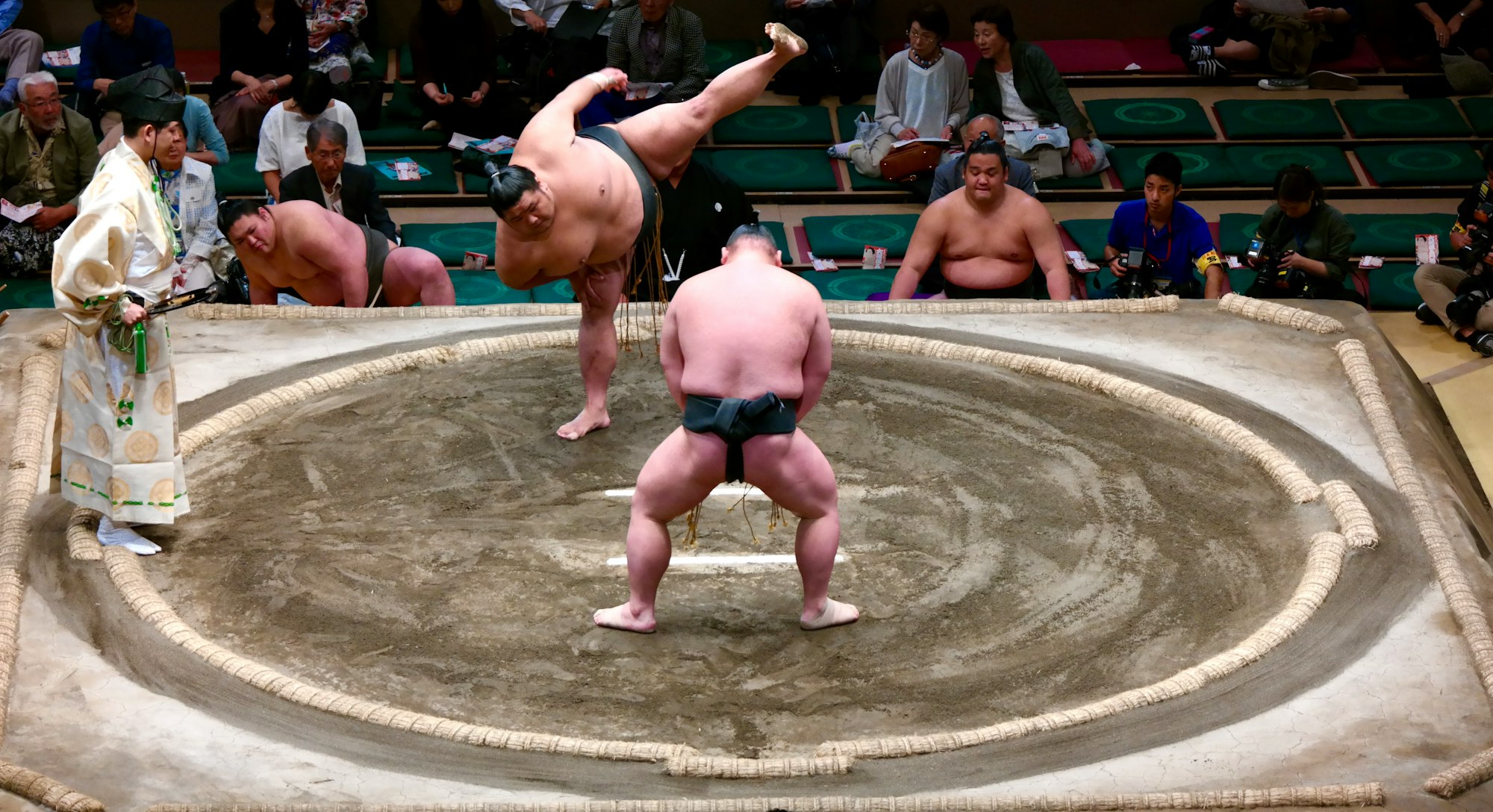March 10, 2024 > Unveiling the Art of Crafting Realistic Fitness Ambitions According to Your Actual Abilities
SMART goals are not so smart, sometimes.
Introduction
There is a common thread that runs through long-term students of mine at The Quad - they have a personal, contextual fitness goal. Something meaningful. And contrary to SMART goals, they tend to be open-ended about when they will achieve it. Because they understand they don't know enough to set that timeline (that's my job.)
One example that stands out is a student of mine who had:
Terrible, debilitating knee pain. They could not walk up and down stairs.
They could not squat.
They were not sleeping well. This was due to a combination of workload (at work and at home) coupled with chronic pain which did not lend itself to restful sleep.
They set a reach goal for themselves - to walk up the Tirupati hill to pay obeisance to their god.
Now, if they had set this goal with a crazy timeline, without breaking down the steps to it (again, that's my job), and checking things off as they happen, they would've given up a lot sooner. Or worse, attempted it way too early and worsened their condition.
Setting realistic fitness goals is crucial in maintaining motivation and achieving success in your fitness journey. It all begins with assessing your current fitness level, and understanding that it's a personal journey, unique to each individual. It isn't about comparing yourself with others; it's about focusing on improving your own health and fitness. If you set the wrong goal, you are setting yourself up for a world of hurt. Why?
Because you will undervalue the efforts you are putting in.
You will misunderstand why things are not working for you.
You will jump ship when what is needed is perseverance.
Mention that aligning goals with current fitness levels is key to sustainable progress.
Understanding Your Current Fitness Level aka Point A
Fitness is the ability to do a task. You might think fitness and health are synonymous and that is a good way to think about it, to be honest. In actuality, fitness is the ability to perform a task. And being extremely fit need not overlap much with being healthy.
Let's take an extreme example - sumo wrestling. The athletes are fit for the task of sumo wrestling. But they are unhealthy - the life expectancy of a sumo wrestler is under 50 years old!
Likewise, take an athlete in American Football. Weighing upwards of 140 kilos is NOT healthy. When you add a tremendous amount of impact to the sport, you can see that it is not healthy. But in terms of being fit for the task of playing football, of blocking and tackling, they are world-class.
But for people like you and me, it is better to have a much larger overlap of health and fitness. To that end, before you set fitness goals, you need to define for yourself what constitutes fitness+health. And then assess your current levels over there.
Briefly, here are some of the factors:
Strength.
Endurance.
Power / Speed.
Mobility.
Flexibility
Balance and Stability.
Waist to Height ratio.
VO2 max.
Blood markers, including sugar and cholesterol.
You need to figure out what (all) matters to you. And then accurately assess where you are.
Factors to Consider When Setting Goals:
Additionally, you need to take into account your age and gender. And medical history, and your lifestyle. For example, if you are perimenopausal, your goals need to be tempered accordingly. If you are a 55-year-old guy who's been smoking for the past few decades, going to bed late and getting under 7 hours of sleep - well, they all play a huge role.
What changes are you willing to make?
How far will you sacrifice your current lifestyle?
Setting Short- and Long-term goals
In the example I started this post with, we have a solid long-term goal.
This needs to be broken down into many short-term targets. These targets need to push boundaries and push you out of your comfort zone. But without being overwhelming. Tricky.
You need to have near-100% confidence that you can achieve the next short-term goal. And as you do that, you build more confidence and momentum.
And remember, goals that do not align with your personal interests and preferences will be the ones you fail quickly. These are the ones that you struggle to find motivation for.
How I broke down the long-term goal was as follows:
Build adequate strength. The following might be technical but I'd rather be complete here.
KB Sumo Deadlift 2x 32 kg for 10 reps
KB Military Press 2x 12 kg for 10 reps
2-minute plank
Get pain-free. Rehab for the knee pain to ensure that squatting is possible and sleep quality improves is imperative. Pain is a signal that cannot be ignored. This goal is broken down into many sub-goals, including working on the step-up, adding a lot of carries, posterior chain activation, stretching foam rolling etc.
That's just to give you an idea about the first few steps.
Additionally, you must learn to listen to your body. If the step-ups continue to bother my student's knee, I need to regress. This is not about pushing through a pain barrier - that kinda stuff is silly and harmful.
Shifting from Outcome Goals to Behavioural
While "Lose 5 kilos in 2 months" is a SMART goal, it isn't really smart.
Let's take a page from Stoicism - control the controllable. You don't control how much or how fast you can lose weight. What you control is your behaviour.
So, translating an outcome goal to a behaviour goal is of paramount importance.
It is the coach's job to keep an eye on the outcome, on the steps towards it, on the progress being made and so on. But it is not YOUR job to obsess over it. You can control only your behaviour.
So, for a fat loss goal, we might shift the outcome to a behaviour goal (or goals) such as:
eat 1 cup of vegetables with every meal.
eat 1 cup of protein with every meal.
and so on.
Or for my student who wanted to climb up Tirupati, it might be:
show up to class 3 days of the week.
do rehab drills every day, twice a day.
and so on
Tracking Progress and Making Adjustments:
Honestly, these are for your coach.
If you are figuring this out by yourself (not the best idea but most of us tend to start here), it helps to wear two hats. One hat for the coach and one hat for the client/student.
The student is responsible for behaviours. Track the effort and behaviours.
The coach is responsible for outcomes. Periodically reassess where the benchmarks are. Tweak the goals (short-term ones) to ensure they remain challenging, yet achievable.
And for every milestone you hit, celebrate!
Then, start again tomorrow.
Conclusion:
To summarise:
Set a reach goal for yourself.
Go against the grain and don't make it a SMART goal.
I know this sounds weird but let SMART goals be the territory of the coach, not the client.Ensure that this goal has deep, personal meaning for you.
Understand where your fitness levels are currently.
Understand where they need to be, to achieve your goal.
Break down the gap into many short-term challenges.
Focus on your effort and behaviour.
Consistency and perseverance will do the job.
Enjoy the journey.
Your turn
Can you share your own experiences setting fitness goals?
A few resources you might be interested in:
Precision Nutrition has a long piece about this, in a similar vein.




